Support the Disability Integration Act
By Jeanine Gleba UOAA Advocacy Manager
Sue Mueller, BSN, CWOCN
Does an ostomy qualify as a disability? This is a question that UOAA receives on occasion. You are living with an ostomy, you feel pride that you are independent with your ostomy care, that you are able to problem solve the glitches that arise, you have resumed your former activities and tried a few new ones…life is good. So it’s confusing when you hear someone tell you that you qualify under the Americans with Disabilities Act (ADA) as having a disability. Perhaps you can walk and talk and see and hear and are independent with your care. You may envision a disabled person as someone who needs help with care, uses a wheelchair or a walker; someone obviously disabled. Well, elimination of waste is a major body function and your elimination of waste has changed; in fact you need to wear a prosthetic device (ostomy appliance) to manage this change. You have a record of an impairment of a major body function, therefore you are protected by the provisions of the ADA. You do not have a visible disability, and not all disabilities are visible. (Please be aware that the term disabled means different things in different systems i.e. in Social Security disabled means unable to work.)
Fast forward 15-20-30 years, you have aged and might be experiencing any number of the challenges that aging brings….combine that with ostomy care and you may find yourself in a whole new world trying to get your needs met and survive in the environment of your choice. That’s when you will be especially glad that you are protected by civil and disability rights legislation such as the Rehabilitation Act of 1973, the ADA, Olmstead vs LS, case law and provisions of the Affordable Care Act. Basically, what these legal documents establish is the expectation that people living with disabilities have the same opportunities as people without disabilities; to live and work and participate in their communities, that the same services and supports that are provided in institutions are provided in the community. Many improvements have been accomplished but the institutional bias in service provision has not been eliminated and the services needed to support non-institutional living have not been created. The Disability Integration Act (DIA) has been proposed in both the US House and Senate as a measure to end institutional bias and promote services in the community and extend the principles established in previous legislation.
The act is bipartisan legislation that ensures people with disabilities have a federally protected right to live and receive services in their own homes or in the setting of their choosing. The DIA further secures our Constitutionally protected right to liberty by preventing disabled people from being forced into costly institutional settings by unnecessary government regulations.
In addition, the DIA assures the full integration of disabled people in the community by ensuring that people with an ostomy and other conditions are able to exercise real choice in where they wish to receive attendant services, assistance with health-related tasks such as “maintenance and use of a stable ostomy” or other services that enable a person with a disability to live in the community such as in an assisted living facility and lead an independent life.
Our patient bill of rights advocacy efforts have illustrated the gap in expectations and the reality of care. An issue facing the ostomy community especially as they age is that most assisted living facilities (ALF) across our country will not admit someone with an ostomy or in the rare cases where they do, the ALF no longer needs to retain them once the individual can no longer perform self-care with emptying or changing their pouch. Once the door to assisted living is closed the only option is placement in a long-term care facility/nursing home. Assisted Living homes and nursing homes are radically different environments.
We believe that emptying a pouch is a simple activity of daily living that should fall under toileting assistance/hygiene. When the issues with care at assisted living facilities result in an ostomate requiring long term care in an institution, when that is not their choice it is a civil rights issue and is exactly what the DIA is trying to address. UOAA supports and advocates for this landmark legislation and encourages the ostomy community to take action here to help us garner legislator support and pass this in 2019.

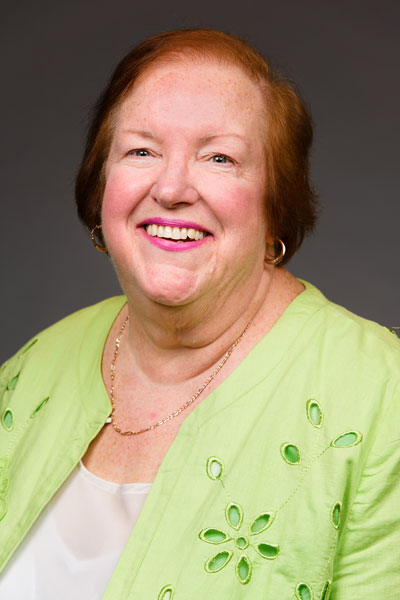
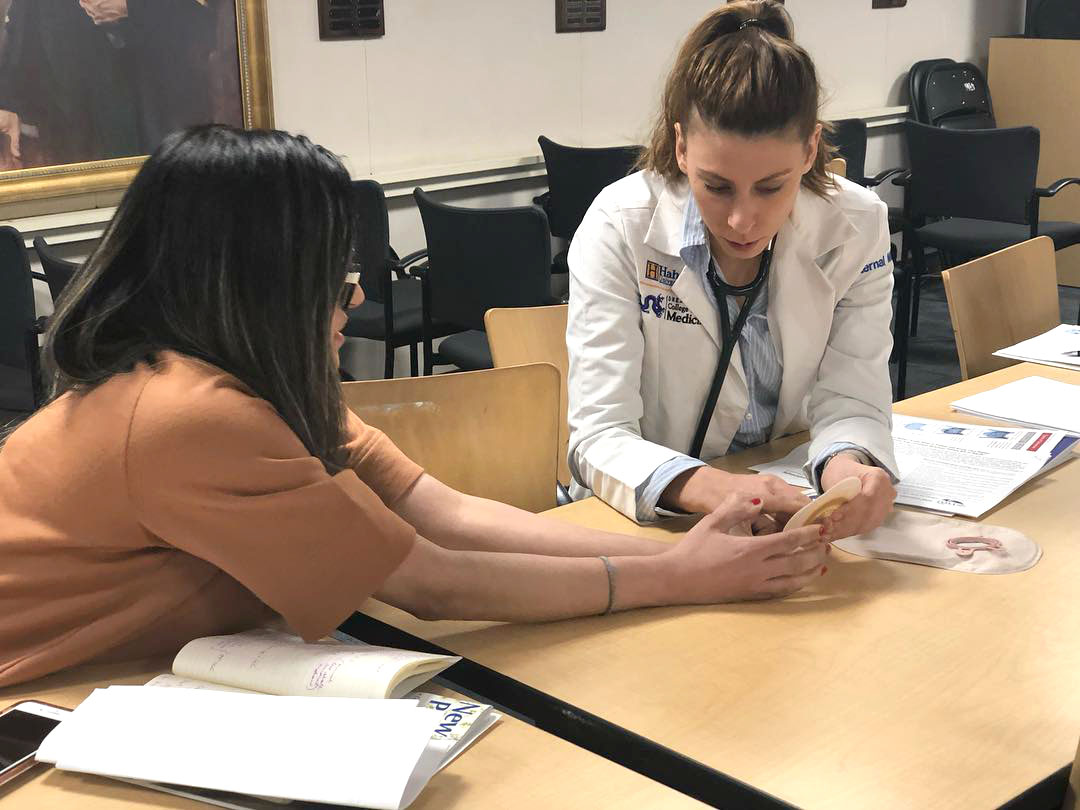
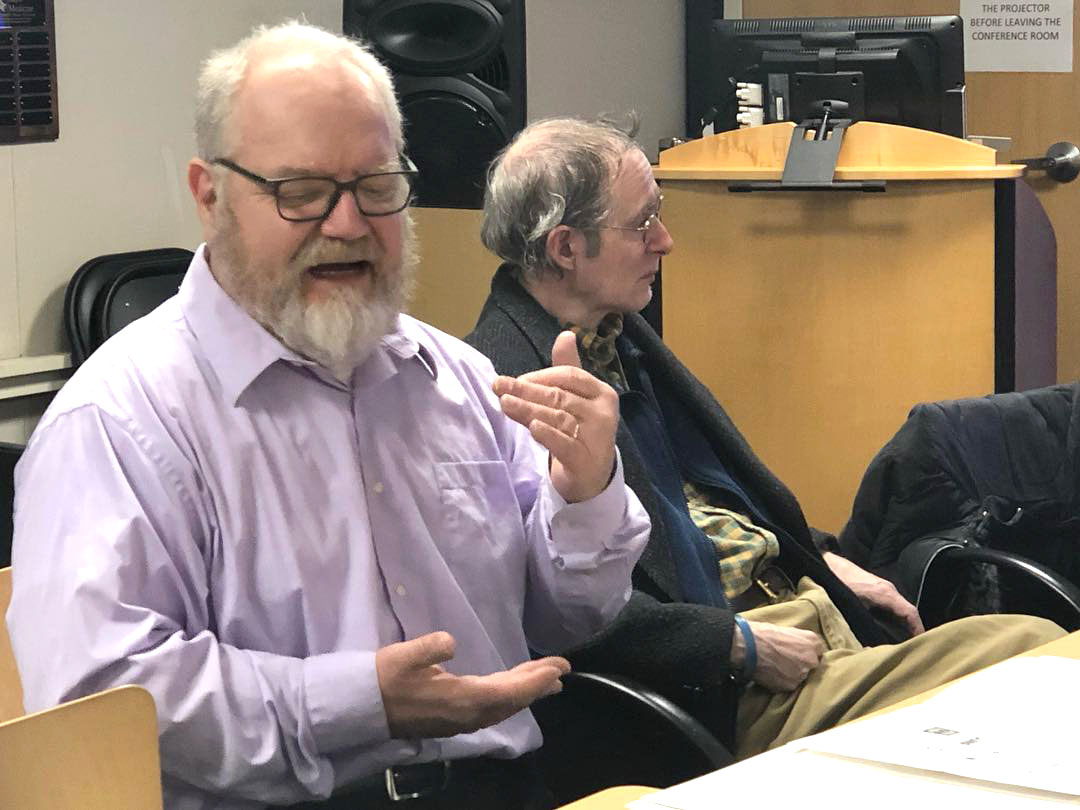
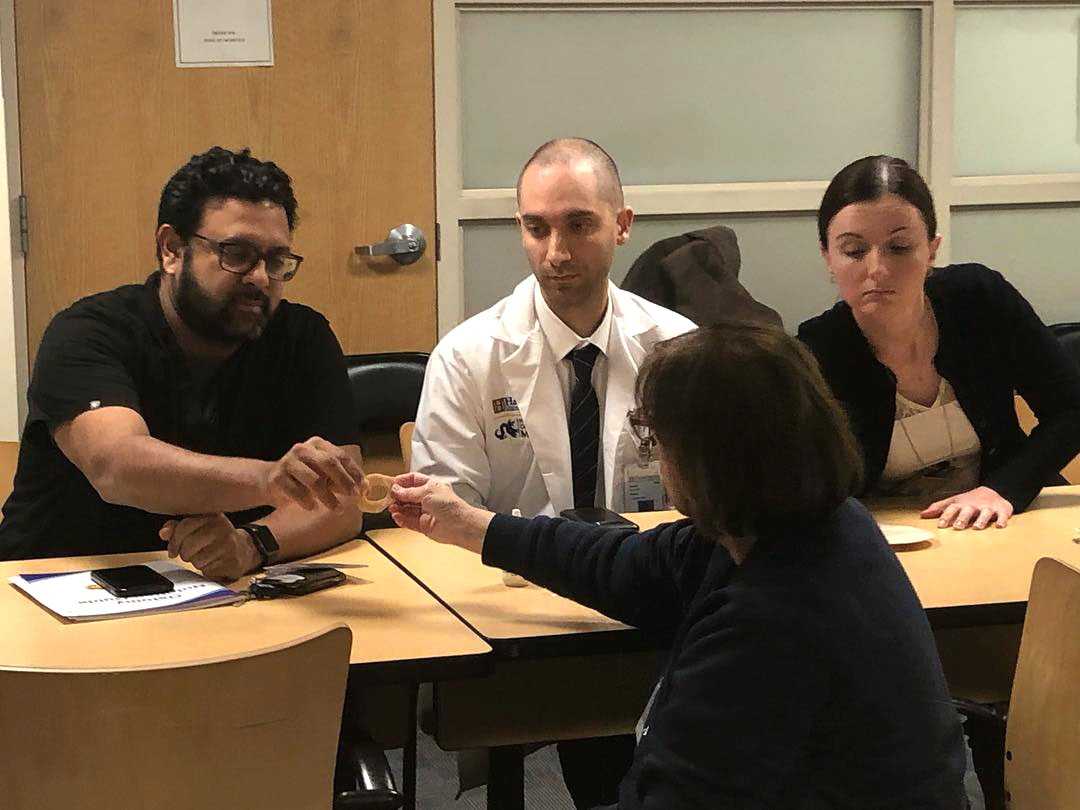
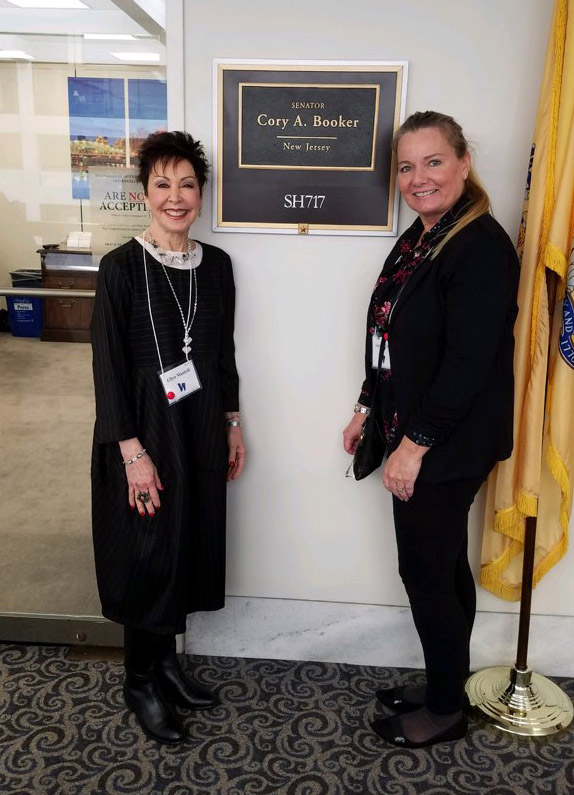
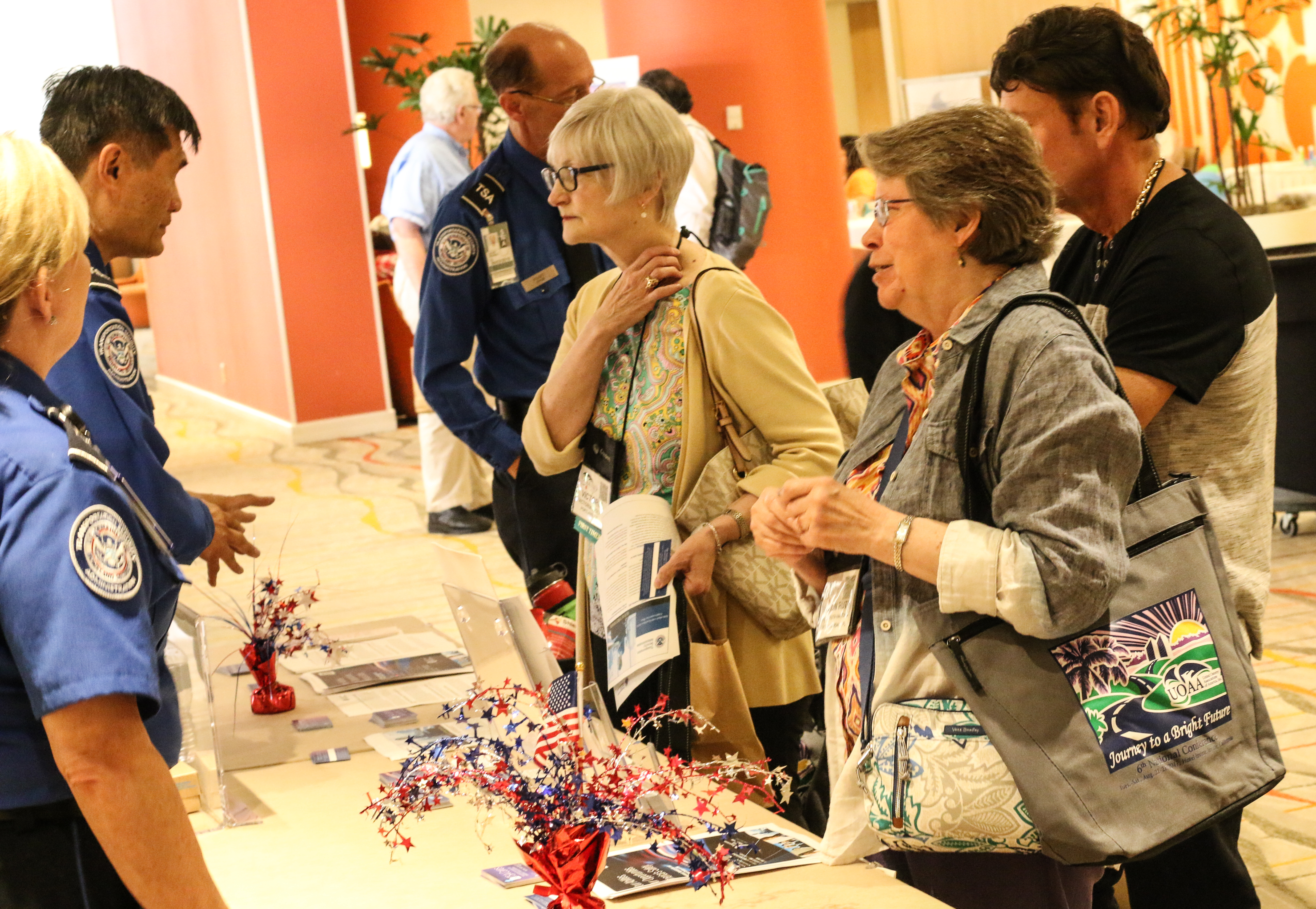
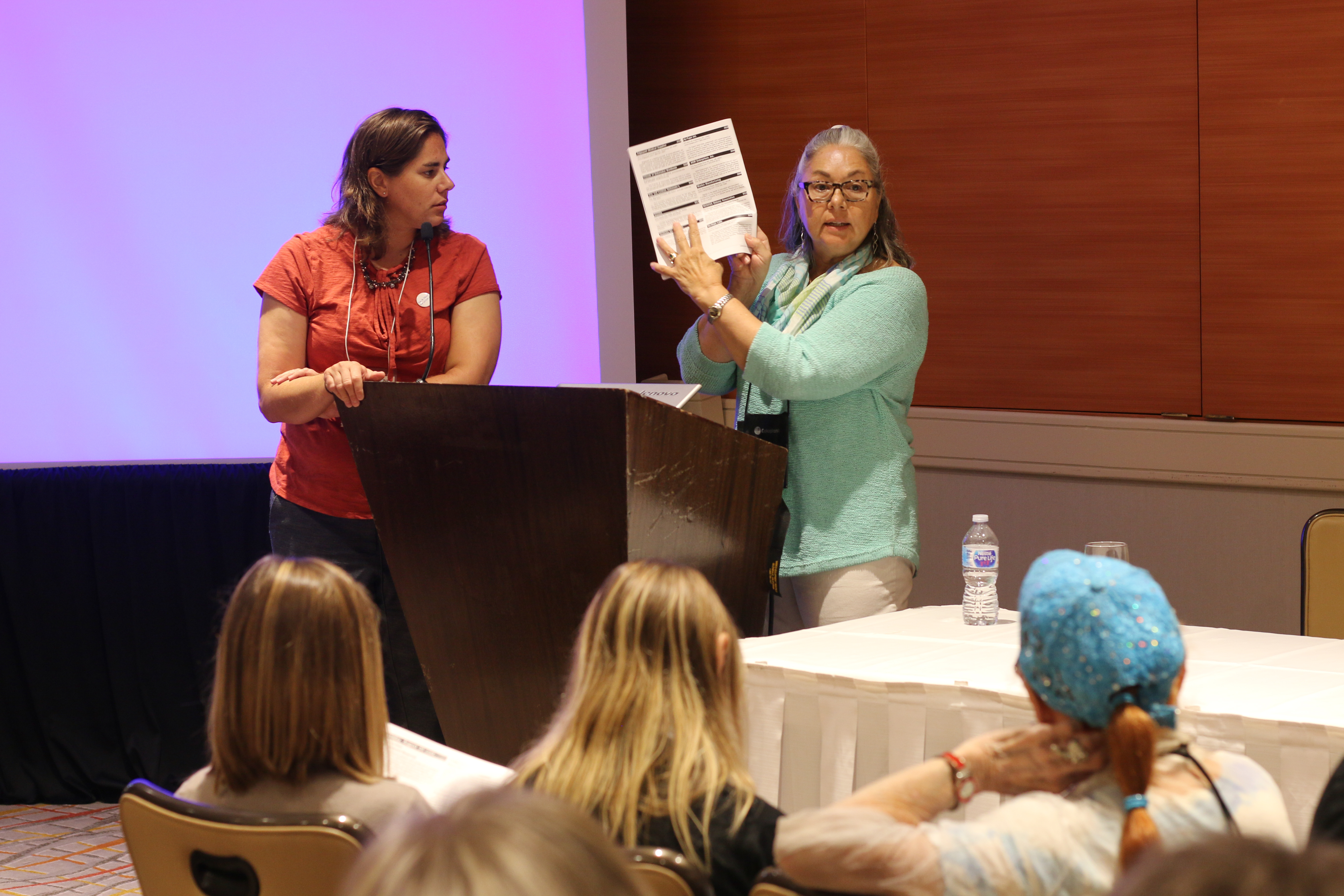 Wow. Right?
Wow. Right?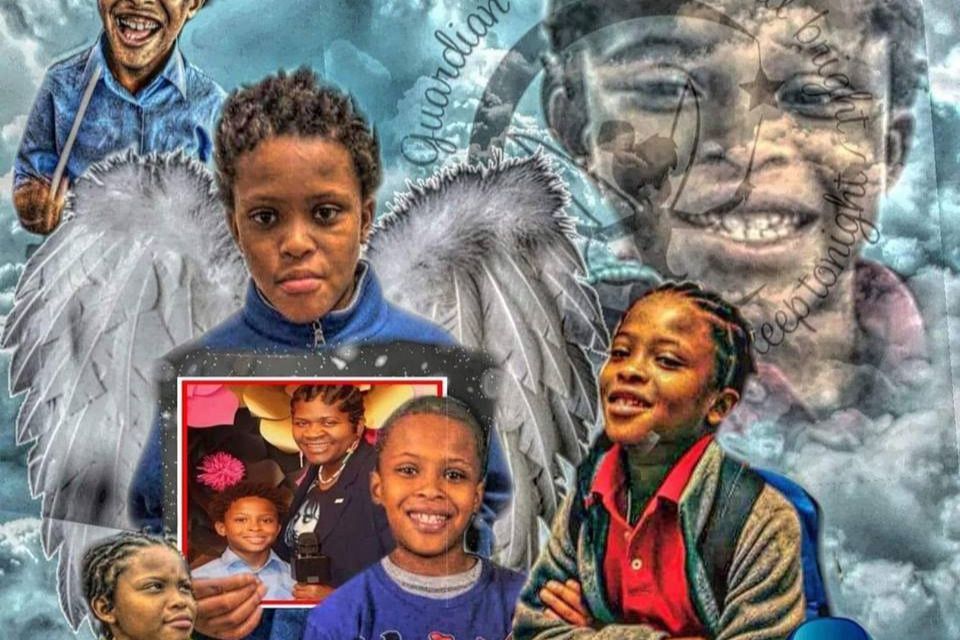

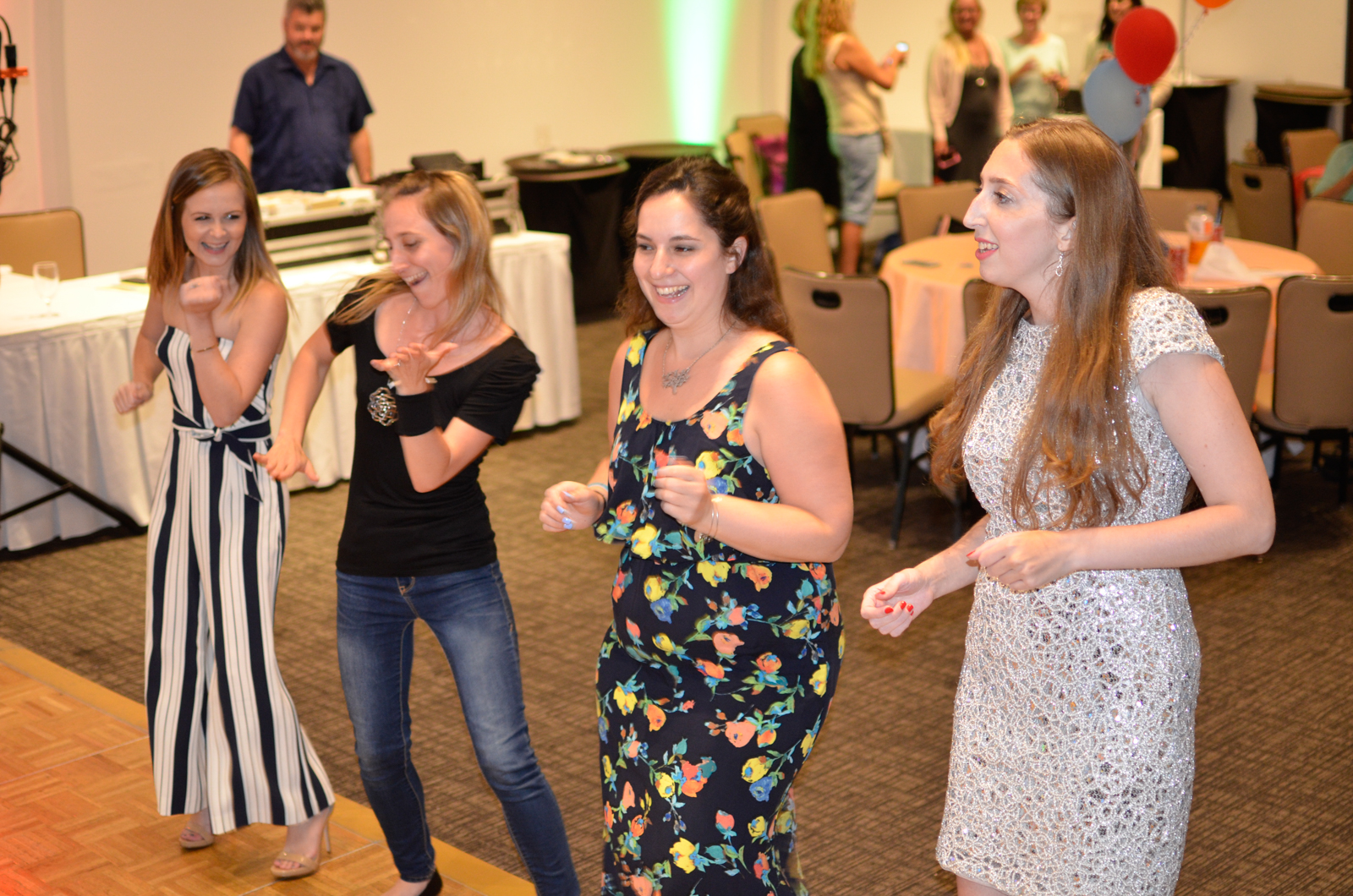
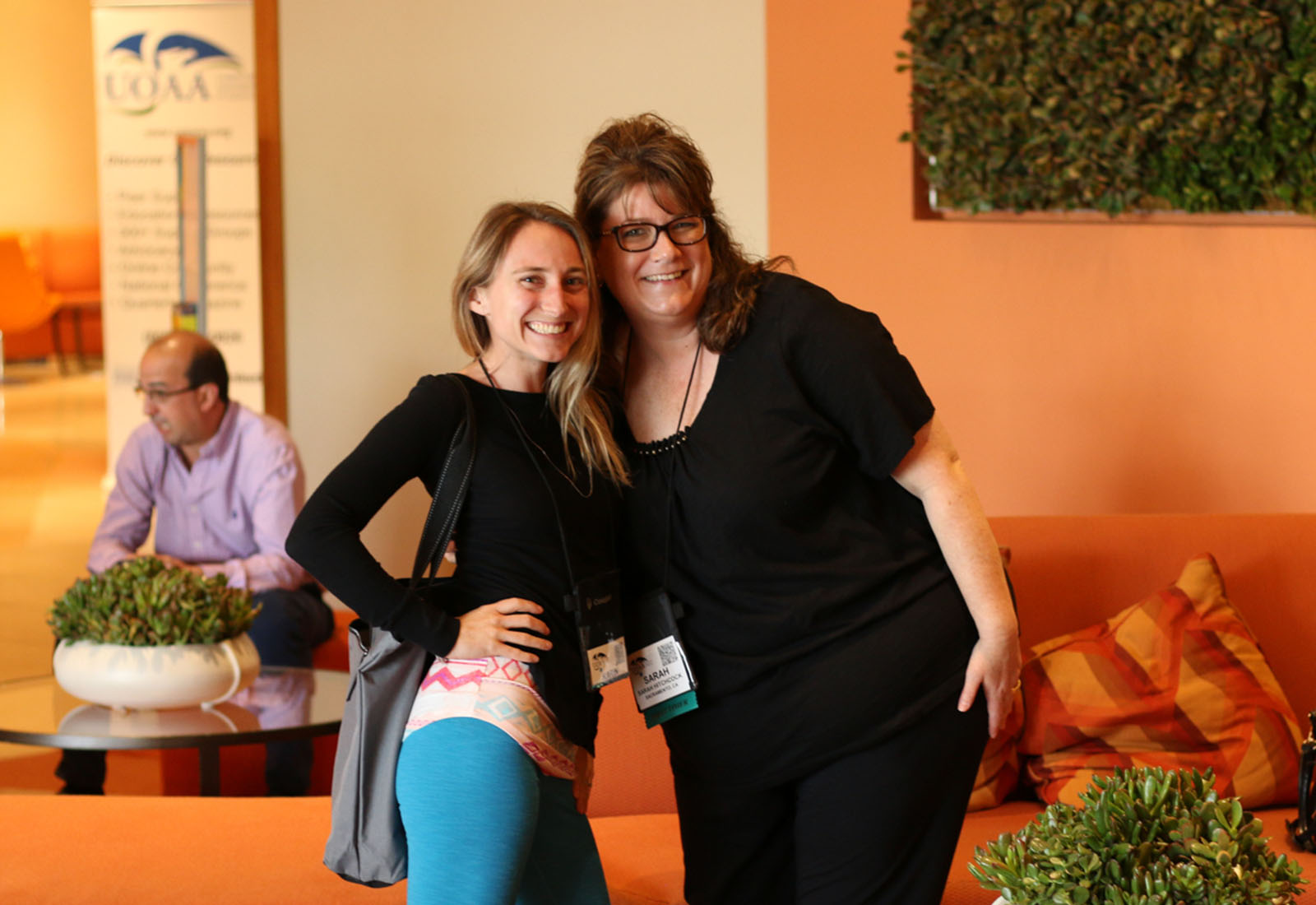
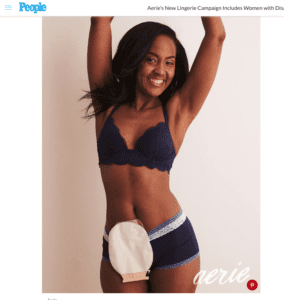 The model, Gaylyn Henderson, has been sharing her infectious positivity with the ostomy community for years including in a past
The model, Gaylyn Henderson, has been sharing her infectious positivity with the ostomy community for years including in a past 

